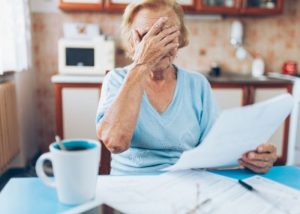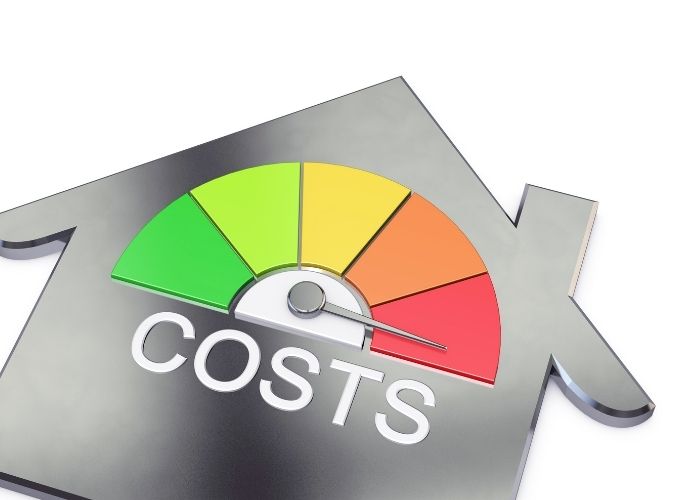MADRID – The Spain of 2050, according to the plans of Prime Minister Sánchez, will have more taxes, more social protection and fewer cars and planes. For the time being, Spain is in fifth place within the EU when it comes to tenants having a hard time paying the rent. And energy bills are also disproportionate to income
Access to housing is one of the major problems facing Spain. Currently, 45% of tenants spend more than 40% of their income on rent. On average, about 25% of income is spent on rent, almost 5% more than the European average. For mortgages, the percentage of income spent on monthly repayments is around 15%, similar to the average of the 27 Member States.
The data have been incorporated into the ‘Spain 2050’ plan that the Sánchez government recently presented.
Rising rents
The increase in demand, combined with the shortage of available rental housing, has led to a rise in rental prices. This is especially true in Madrid, Barcelona, Malaga, Valencia, and in some parts of the Balearic and Canary Islands.
This increase, together with the small amount of social housing available in Spain has put significant pressure on people. Around 40% struggle to pay rent, one of the highest in Europe. Only in Greece, Romania, Bulgaria and Luxembourg is it higher. It is estimated that only 2.5% of the total amount of primary housing is dedicated to social renting. A percentage that in countries like Austria, Denmark or the Netherlands exceeds 20%.
Overall, 9.5% of the population suffers from financial overload related to mortgage payments. That is, they have to spend more than they can afford. Sánchez’s aim is to reduce this percentage to 4.5% by 2050. ‘Despite increasing difficulties, access to decent housing is not more difficult in Spain than in most European countries,’ the ‘Spain of 2050’ plan states.
One of the highest home ownership rates
At the same time, Spain has one of the highest rates of home ownership in Europe (76%). And also one of the highest percentages of the population living in housing without a mortgage (47%). But the plan states that ‘access to decent and adequate housing in Spain is becoming increasingly complicated’. Obtaining a mortgage is also becoming increasingly difficult.
Mortgage, rent and energy bills
Over the past two decades, the proportion of income households spend each month on mortgage payments has remained ‘relatively stable’ (around 30%). This percentage is very different from the 60% before the 2008 crisis. The number of Spaniards having to make extra effort to meet outstanding mortgage payments is now just under 4% lower than before the 2008 crisis.
Energy poverty

Another issue Spain needs to solve, according to the plan, ‘is to reduce the energy poverty’ that still affects many households in Spain, especially those headed by a woman and those over 65. Nearly 17% of households in our country face expenses on energy bills that are disproportionate to their income, and 8% of them cannot keep the house at an adequate temperature, a figure similar to the average for the European Union.
Read more about Sánchez’s 30-year plan (in Spanish).


